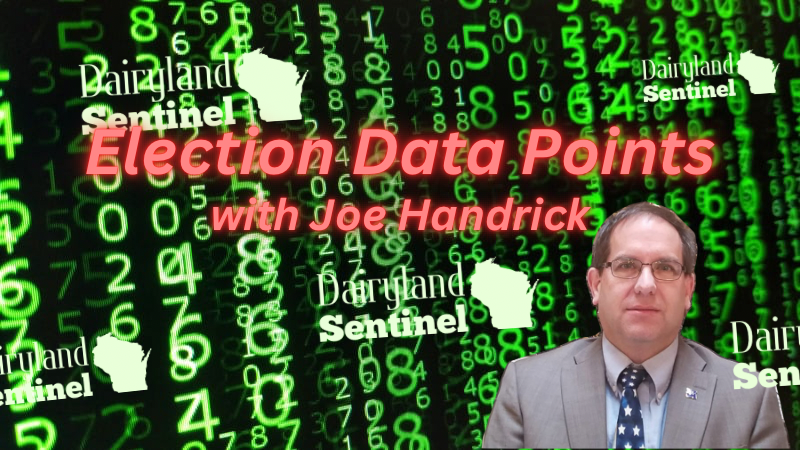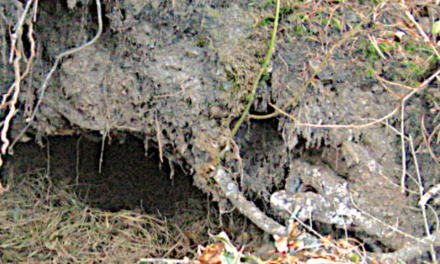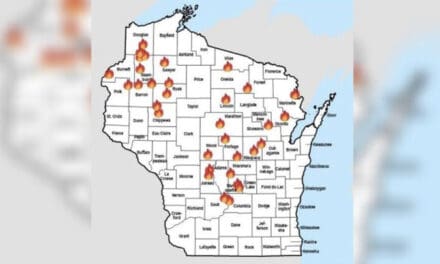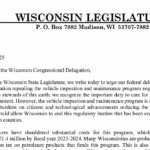How the Spring Electorate Differences Impact Conservative Candidates’ Vote Targeting
By Joe Handrick, Exclusively for Dairyland Sentinel
Originally published March 16, 2025
When Scott Walker won his recall election in June of 2012 with 53% of the vote, Democrats immediately began to panic. There was suddenly doubt about President Obama’s ability to win the Badger State that coming November. Republican confidence was on the rise.
Six months later it was the Democratic who won Wisconsin with 53% of the vote.
Fast forward to 2024 when Donald Trump narrowly carries Wisconsin. By now both sides have learned that success or failure in one election offers only limited insight into what may happen with the next.
For starters, the spring electorate is vastly different than that of a presidential election. There were 3.4 million ballots cast in Wisconsin in the 2024 presidential race. By contrast, a healthy supreme court battle should draw in the range of 1.7 to 2 million voters.
This sharp decline leads to an obvious conclusion: The side that does a better job of getting its lower-propensity voters to participate in an April election will win.
There was a time in Wisconsin when conservatives held the turnout edge in spring elections. The April electorate was older and generally more conservative than the November electorate.
That is not necessarily the case anymore – as evidenced by the last two supreme court elections. This shift is driven at least partly by Dane County. Dane County has grown faster than the remainder of the state. Furthermore, Dane County turnout is always high, and delivers reliable percentages for liberal candidates.
20 years ago I would have argued that lower turnout benefits the conservative candidate. With the current Dane County turnout machine, however, I believe roles have reversed. A lower turnout now benefits liberals as it allows Dane to gobble a larger share of the state total.
While turnout is dramatically lower in spring elections, the “left vs right” vote patterns of Wisconsin counties differs only modestly from partisan November elections.
On the following chart I compare, by region, how Trump did in 2024 to how Brian Hagedorn performed in his supreme court election in 2019.
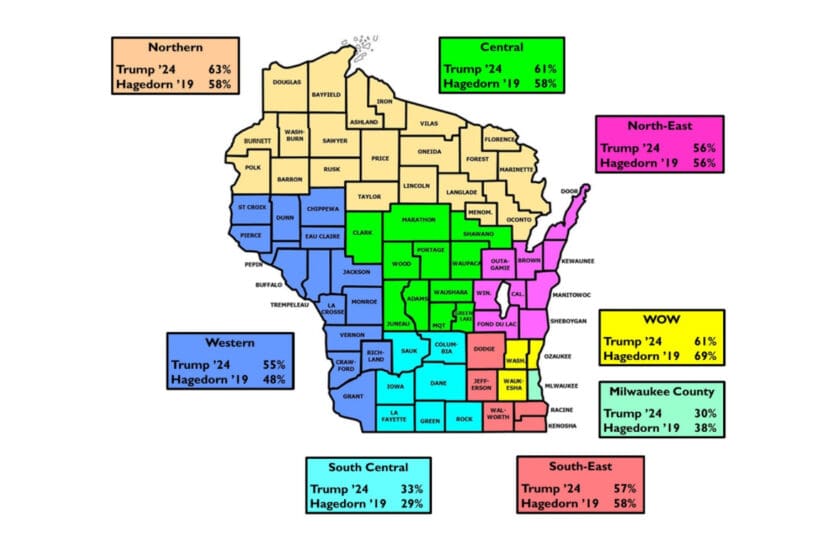
I chose these two races because both were narrow wins by the conservative candidate. Recall that, at the time, Hagedorn was considered the conservative candidate in contrast to liberal Lisa Neubauer.
Trump won Wisconsin last fall by approximately 29,000 votes. Hagedorn’s victory in 2019 was also very narrow – a margin of approximately 9,000 votes.
Let’s review each region and how they may change on April 1, 2025.
First, a look at the strong conservative regions.

Trump did better up north and in the central region than most Republicans have done historically, and better than non-partisan conservatives running for the court have performed.
Schimel will need big margins in these two regions. Although he likely will not be able to match Trump, Schimel needs to at least match Hagedorn in these two regions.
Turning our attention to south-east Wisconsin, the WOW counties really stand out.

In the three large, red WOW counties Hagedorn did significantly better than Trump. This is partly because Trump struggles in suburban areas, and partly because WOW performed better for conservatives in 2019 than those counties do today. The conservative slippage in WOW began in 2016 and has continued through 2024.
Simply put, Schimel is not going to get 69% in the WOW counties. Therefore, he must do better than Hagedorn in some other region to make up for this (hint: Western Wisconsin).
Let’s turn our attention to the strong blue regions.

The south-central region includes Dane County. Candidate Crawford is a judge in Dane County making it a tough place for Schimel to make up ground. Milwaukee County is a different story, however.
Conservatives running for non-partisan office have historically done much better in Milwaukee County than have Republicans. Scott Walker, for example, was elected County Executive in Milwaukee County multiple times, but was blown away there once the “R” appeared behind his name. Schimel must do better than Trump in Milwaukee.
Finally, there are the two swing areas of the state: Western Wisconsin the Green Bay/Appleton media market.

Trump and Hagedorn each scored 56% in the north-east – the minimum needed for a statewide win.
The most interesting of all these regional differences is in the western region.
Hagedorn won Wisconsin despite losing the western region, whereas Trump won Wisconsin largely because of his big win in the west.
Recall that the WOW counties have seen significant slippage for conservatives, meaning Schimel must make up those votes elsewhere. Western Wisconsin appears to be the region that has the most potential for Schimel to accomplish this.

For victory on April 1st, I believe Schimel’s number will need to be closer to Trump in the west than they are to Hagedorn.
If I am Schimel, I am asking how I can attract Trump voters who live in the western tier of counties – particularly those lower-propensity Trump voters who voted last November but typically will not vote in April.
The answer lies in understanding what the issues were that drove western Wisconsin away from Democrats and toward Trump: Immigration and boys playing in girl sports.
Painting Crawford as “soft on crime” is a good issue and it is certainly true. But is that the issue that will bring out the Trump voters in Vernon County? I am not so sure it will. Especially considering that Crawford is spending millions claiming Schimel coddles bad guys too.
What truly distinguishes Schimel from Crawford AND can motivate Trump voters are the two aforementioned issues. Both are clearly judicial issues as both have, are, and will continue to be the subject of litigation.
The last two supreme court races did not go well for conservatives. To win Schimel will need a winning combination that looks somewhat like the Hagedorn win in 2019 but he will need to improve in the west, hold serve up north and in the Fox Valley, avoid losing any more ground in Madison, and do much better than Trump in Milwaukee and the WOW counties. The key to it all: Convincing Trump voters who typically are not April voters to make it to the polls on behalf of someone other than Donald Trump.
Originally published 3.16.25
Previous Handrick Analysis
